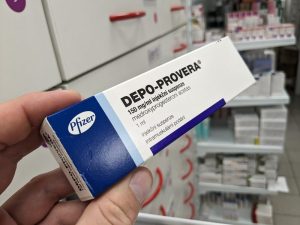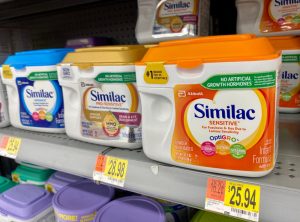Dog bites can cause serious physical injuries and dog owners can be held liable for those injuries. Dog bite statutes differ widely from state to state. In Georgia, the law has established particular conditions and rules around owner liability when their dog bites or injures another person.
This page breaks down Georgia dog bit law and looks at settlement amounts and jury payouts in these cases. Our attorneys also provide appellate opinions that will help Georgia dog bite lawyers looking for an end run around Georgia’s one-bite rule that we discuss below.
RELATED CONTENT:










